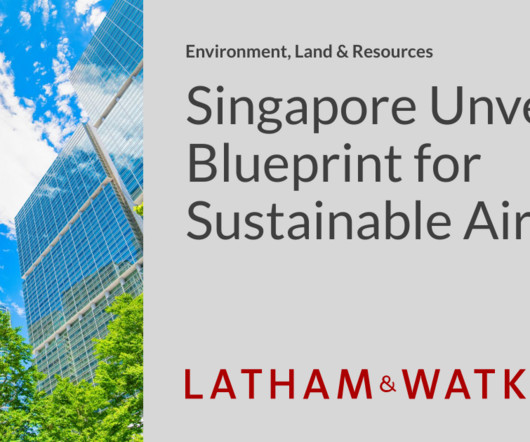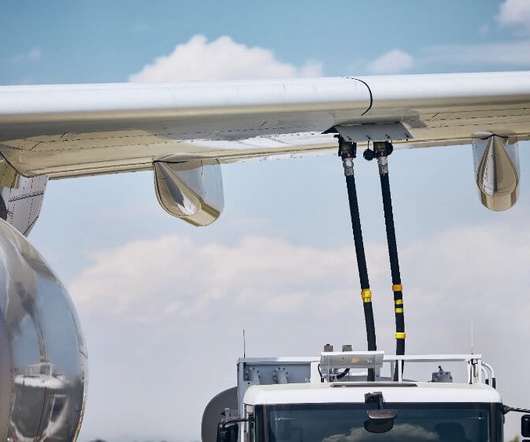Singapore Unveils Blueprint for Sustainable Air Hub
Clean Energy Law
FEBRUARY 29, 2024
The proposed initiatives and enablers for each domain are listed below: Notable Decarbonisation Initiatives National SAF target and SAF levy – From 2026, flights departing Singapore will be required to use at least 1% of SAF. This facility would turn waste into feedstock to generate electricity or biofuel for use within the airport.












Let's personalize your content